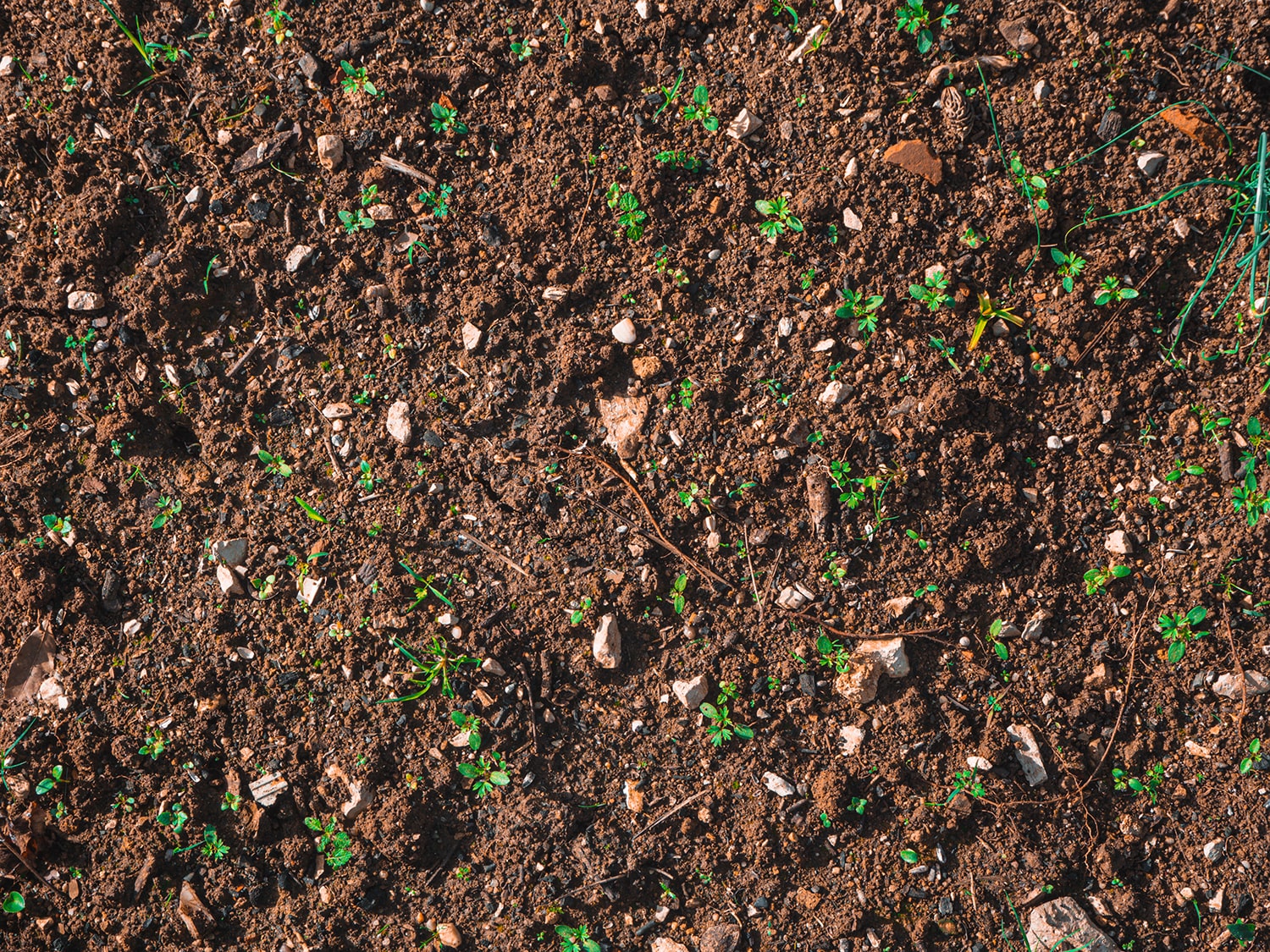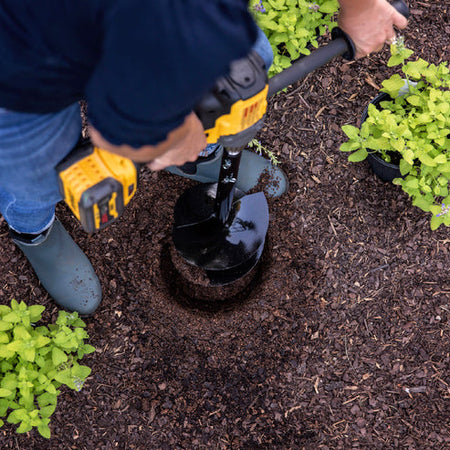What is soil aeration? Knowing the answer can be the difference between a patchy lawn and a lustrous one. Check out our guide for soil aeration tips.
Most homeowners often turn to seed and fertilizer to revitalize a yard. However, those landscaping techniques won’t help your property if the soil is in poor condition. That’s when soil aeration (also known as lawn aeration) may be necessary.
But what is soil aeration? Let’s cover the benefits and steps.
What is soil aeration and when do you need it?
If your lawn is patchy, thatched, or dead, it could need aeration — a process that breaks up tough clumps of soil to allow more air into the earth.
You should aerate your soil when it becomes too compacted to promote healthy growth. Here are some warning signs to watch for when taking care of your lawn:
If your yard was established with sod, you should aerate it because the layers of earth need to be broken and mixed together. Otherwise, you might experience drainage issues.
Lawns that were put in over new construction often also need aerating because of the compaction that occurs during the building process. Similarly, if the lawn is heavily used by children or animals, the soil is likely compressed and should be aerated.
What are the benefits of soil aeration?
Water, air, and fertilizer can’t penetrate compacted soil. As a result, trees and shrubs may not get the nutrients they need. In some cases, they can even die because they don’t have enough nourishment and can’t put down deeper roots.
Plus, plants and grass are more likely to suffer from heat stress in compacted soil. Increasing watering is not a sufficient solution to combat drought and heat stress. You have to lighten the texture of the soil as well. Not only can this help your yard look better but it can also allow the soil and plants to absorb more water and fertilizer, improving both poor drainage and heat stress.
If you’ve been dreaming of a lush, green lawn and a healthy garden, aeration could help you achieve it.
How do you aerate your lawn soil?
To aerate a lawn, you simply insert an aeration tool into the grass and pull up. Augers are also great for aeration because they loosen and “fluff” your soil, promoting root growth and improving breathability.
Remove a 2- to 4-inch plug of grass and soil, leaving a small hole in its place. The lawn should have a dimpled effect once you’ve finished, with holes spaced about every 2 to 3 inches.
Aerating isn’t necessarily black and white — steps depend on where you live and which tools you own. Here are some soil aeration tips to help you with the process:
- Start aerating when the grass is growing quickly. If you typically experience cold winters and hot summers, you have cool-season grass, which means it’s best to aerate in early spring or early fall. If you enjoy warm weather year-round, you have warm-season grass. For you, soil aeration is best done in late spring or early summer.
- Try aerating after a rainstorm. When the ground is wet, you can push through dried grass and thatch with less effort.
- After aeration, continue to water and fertilize your grass. As the lawn recovers, it should be healthier and more vibrant.
So what is soil aeration? A way to handle the root cause of a subpar lawn. Stay on the lookout for those warning signs, so you can stop wasting time and money on landscaping chores that aren’t working.







